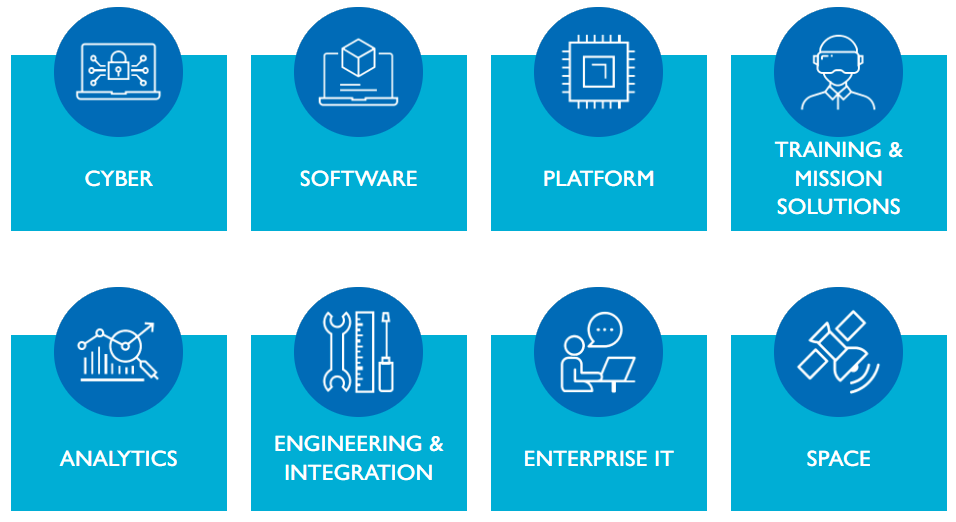Code Orbit for your Code Management Team and Development Partner

We Provide a List of Processes and Reports Using ERP, Business Intelligence (BI) and Artificial Intelligence (AI), Augmented Reality (AR), and Virtual Reality (VR) for Cyber, Software, Platform, Training & Mission Solutions, Analytics, Engineering and Integration, Enterprise IT, Space etc.
The Metaverse is an exciting frontier for businesses, combining Augmented Reality (AR), Virtual Reality (VR), and Artificial Intelligence (AI) to create immersive and interactive experiences. Here are some ways these technologies can benefit your business:
Augmented Reality (AR)
• Enhanced Customer Experience: AR can overlay digital information onto the physical world, providing customers with interactive product demonstrations and virtual try-ons.
• Training and Education: AR can simulate real-world scenarios for training purposes, making learning more engaging and effective.
Virtual Reality (VR)
• Immersive Marketing: VR can create fully immersive environments for customers to explore products or services, offering a unique and memorable experience.
• Remote Collaboration: VR enables virtual meetings and collaborative workspaces, allowing teams to work together from anywhere in the world.
Artificial Intelligence (AI)
• Personalized Experiences: AI can analyze user behavior and preferences to create tailored experiences in the Metaverse, enhancing user engagement.
• Automation: AI can automate repetitive tasks, freeing up time for more creative and strategic activities.
Integration and Benefits
Integrating these technologies can lead to innovative solutions that were previously impossible. For example, combining AI with AR and VR can create personalized, immersive experiences that adapt in real-time to user interactions
Here are some processes and reports that utilize ERP, BI, AI, AR, and VR technologies:
ERP (Enterprise Resource Planning)
1. Financial Management: Automates financial operations, including accounting, budgeting, and financial reporting.
2. Supply Chain Management: Manages procurement, inventory, and logistics to optimize supply chain efficiency.
3. Human Resources Management: Handles employee data, payroll, recruitment, and performance management.
4. Customer Relationship Management (CRM): Manages customer interactions, sales, and service processes.
Business Intelligence (BI)
1. Sales Analysis Reports: Provides insights into sales performance, trends, and forecasts.
2. Operational Reports: Tracks key performance indicators (KPIs) and operational metrics.
3. Financial Reports: Analyzes financial data to support budgeting, forecasting, and financial planning.
4. Customer Insights: Analyzes customer behavior and preferences to improve marketing strategies.
Artificial Intelligence (AI)
1. Predictive Analytics: Uses machine learning to predict future trends and behaviors.
2. Chatbots and Virtual Assistants: Automates customer service and support.
3. Fraud Detection: Identifies and prevents fraudulent activities in real-time.
4. Personalized Recommendations: Provides tailored product or content recommendations based on user behavior.
Augmented Reality (AR)
1. Product Visualization: Allows customers to visualize products in their environment before purchase.
2. Maintenance and Repair: Provides technicians with AR overlays to assist in equipment maintenance and repair.
3. Training and Simulation: Enhances training programs with interactive AR experiences.
4. Quality Control: Uses AR to inspect and ensure product quality during manufacturing.